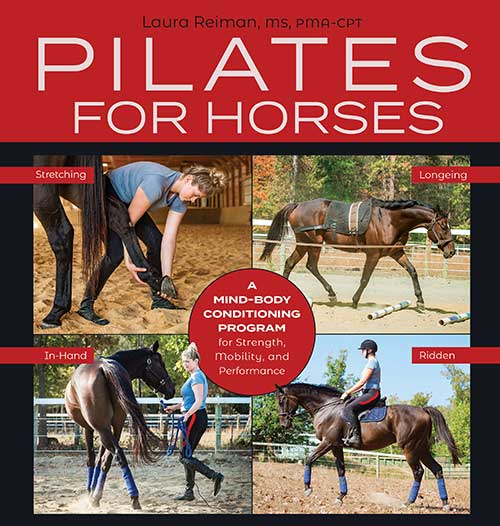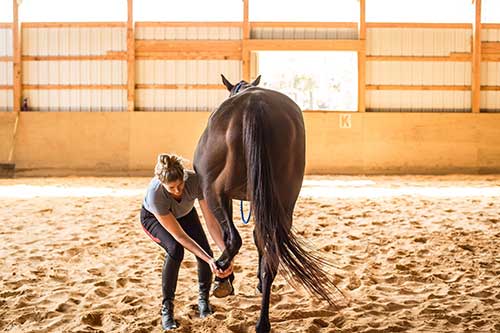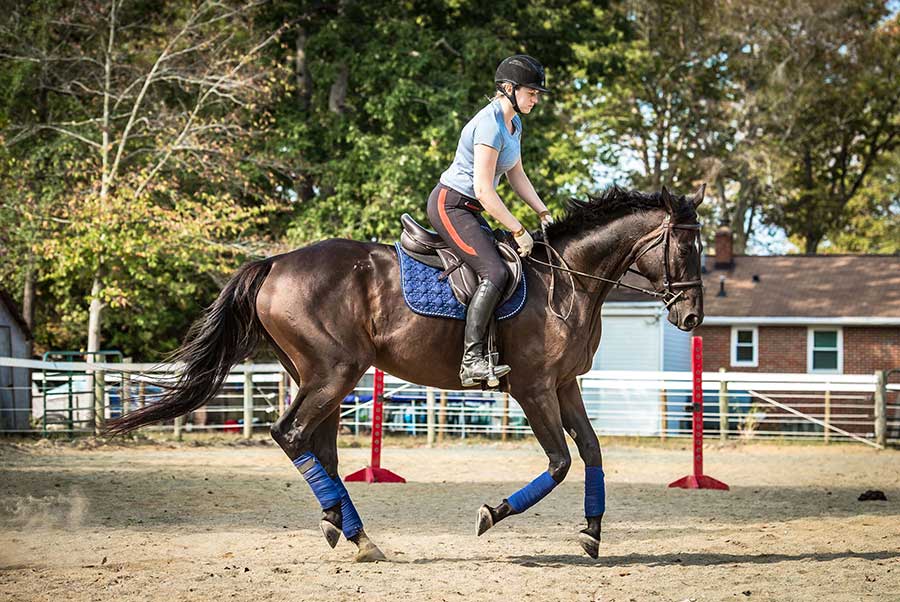
By Laura Reiman, MS, PMA-CPT
What Is Pilates?
Pilates is a mind-body conditioning method that trains the whole body for quality, efficient movement. This exercise modality emphasizes flexibility, strength, control, and balance through progressive and safe movement.
Pilates was created by a man named Joseph Pilates who went from being a sickly child with rickets, asthma, and rheumatic fever to a being a model for anatomy charts as well as a fitness pioneer. He was born in Germany in 1883 and spent his early years studying an array of Eastern and Western exercises and philosophies, borrowing ideas from gymnastics, bodybuilding, boxing, fencing, yoga, and other forms of movement to improve his own health and well-being.
During World War I, Pilates was interned in a camp on the Isle of Man where he was tasked with rehabilitating the sick and disabled within the camp. Continuing his exploration of acquiring a healthy body, Pilates helped his “patients” get better faster and strengthen both their body and their immune system. By the time he came to America in the early 1920s, he had devised his own movement method named “Contrology.” Contrology prioritized nourishing the body as a whole and was considered a lifestyle just as much as an exercise program. After his death in 1967, Contrology became known simply as Pilates.
While some people continue to practice Pilates just as it was created by the man himself, other practitioners have chosen a more contemporary approach, using the exercises and ideas Joseph Pilates extolled as a framework and building upon it using new research and knowledge about the body and what it needs today. It is this contemporary approach that lends itself so well to the equine body.
Most importantly, Pilates is beneficial for every body and every mind. And, while there is no replacement for professional training, Pilates exercises can be done by all equestrians to help support their horses. It’s not about achieving a perfect frame or being able to tell if your horse is the ideal anatomical specimen. It’s about having tools to help support your horse’s health in a safe and effective way. These tools will help you stretch and strengthen your horse’s muscles without the constant supervision of specialists and trainers, and will empower amateurs and professionals alike to help their horse find optimal health and movement.

What Is Pilates for Horses?
Pilates for Horses takes the principles of Pilates and the benefits we have seen humans gain from the method, and applies it to our equine partners. Research and experience has shown that much of what benefits humans in the prevention and rehabilitation of injuries can be applied to horses with similar beneficial outcomes.
A good program with proper schooling will train both the body and the brain to support a balanced and willing equine partner. The goal should always be progressive, building at a slow pace that allows time for soft tissue to catch up to your horse’s cardiovascular fitness and abilities. The horse’s body, much like our own, adapts to mild strain by increasing bone density. Therefore, you should plan to gradually increase demand so the body can adapt without injury.
Muscles can take up to six months to reach peak fitness, but connective tissue and ligaments can take one to two years to fully strengthen after starting a new program. Have patience and set goals that can evolve over time, increasing the difficulty of just one element of your program at a time, be it frequency, intensity, or duration. Allow 10 to 14 days after beginning a new exercise or increasing workload before increasing the difficulty more.
BUY NOW on AMAZON - Hardcover
Cross-training is important to keep in mind when planning your program. A good rule to follow is that a horse shouldn’t perform the same type of work two days in a row. That way, minor tissue damage can repair in some muscles while others work. Diversity in training not only helps build different muscles, which can prevent stress injuries that occur from drilling the same type of work over and over, but it keeps the horse mentally engaged.
Pilates is not just a set of exercises, it’s a whole-body wellness program. This means you should also take a closer look at your horse’s nutrition, saddle fit, and turnout situation as well as any alternative therapies like acupuncture or massage that are available in your region. If you’re not sure what your horse’s individual needs are, consult a trainer or veterinarian to point you in the right direction, and then use Pilates exercises as a guide to get there.
This excerpt from Pilates for Horses by Laura Reiman is reprinted with permission from Trafalgar Square Books
You can find more interesting articles in our section on Health & Education.


































